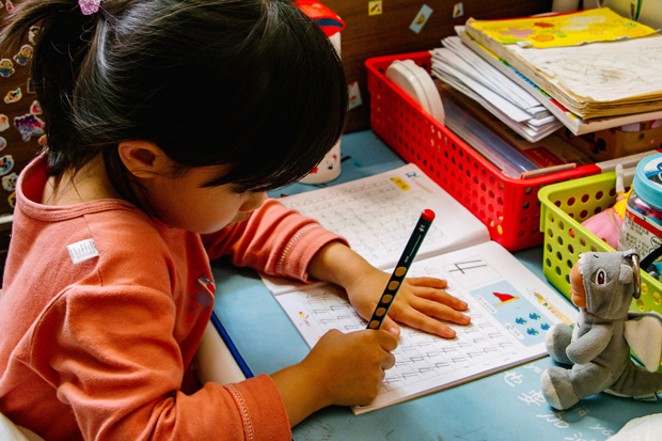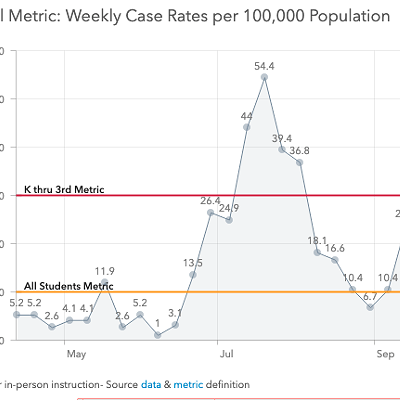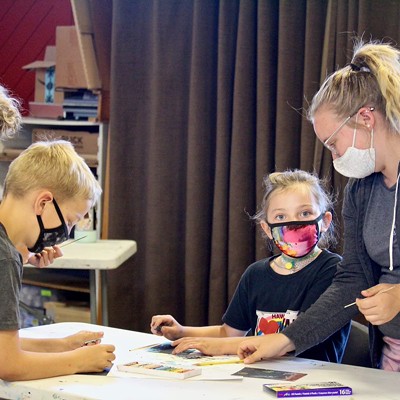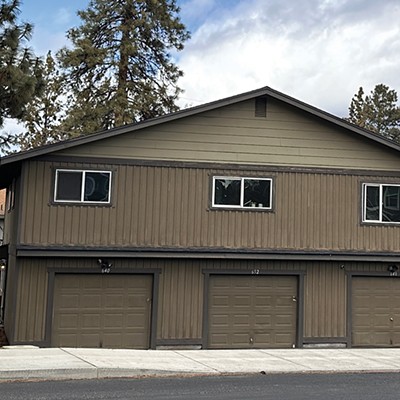If there's any topic more controversial and ripe for public debate than the current presidential election, it most certainly is the topic of reopening schools. Throughout 2020, we've followed the guidance and edicts issued from Oregon's leadership around the many facets of the pandemic—but as we continue to see students and their families in Central Oregon suffer the realities of continuing online distance learning into seeming perpetuity, it's time to make a change.
As we look around at neighboring states and at the ongoing discussion around reopening schools, it's hard to avoid the conclusion that it's time for the governor to finally, as she has discussed, revise the metrics for reopening schools. Gov. Kate Brown announced on Oct. 6 that she would be revisiting these metrics, but we have yet to see the results of that assessment. In the meantime, here in Bend, as elsewhere, there is an increasingly bipartisan effort to relax some of the stringent metrics that, by many estimations, will have local kids essentially lose an entire year of quality instruction.
It's no secret that Oregon has one of the worst on-time graduation rates in the nation. This has been an abysmal statistic that we have never been willing to accept—and one of the reasons we supported the Student Success Act last year. We held out in hope that this was a program that could reverse that trend. The current and ongoing lockdown of public schools is only exacerbating this already bad situation.
Now, on top of the many low-income and at-risk students whose home situations may be hindering their ability to learn under the Comprehensive Distance Learning model, previously motivated and high-performing students are losing motivation and focus and are suffering adverse mental health effects. Nothing has revealed the far-reaching value of public education more than this virus. Schools are not just places of learning, but places of sanctuary for students across the economic spectrum, providing a broad array of services that go well beyond reading writing and 'rithmetic.
Most educators place a high value on identifying students' unique learning styles. Students with some of those learning styles, such as visual and auditory learners, may do well learning through a computer screen. Others, such as those who learn best through interpersonal interaction or through kinesthetic means, are left out in the cold in this world of digital instruction.
Just as students have unique learning styles and unique needs, so, too, do individual school districts across Oregon. This is exemplified in the varying guidance the state offers for small rural counties versus higher-population areas. People in Central Oregon talk often of "local control" and "being different than the Portland metro." In this instance, we couldn't agree more. Individual districts should have an opportunity to decide on and execute plans that meet the needs of their communities. This has been loudly shared over the past several weeks by everyone from individual district superintendents to growing numbers of grassroots groups. In an opinion piece in the Salem Statesman Journal on Oct. 16, written by the founder of the Facebook Group, "Let Oregon Learn!", the author points out that while no one under 18 has yet died from this virus in Oregon, several teens committed suicide over the previous several weeks.
The damage being wrought from keeping all kids isolated—not to mention those for whom school is a literal lifeline for food, comfort, friendship and overall social/emotional support—now appears to be more significant than the virus itself. It is time for Oregon's schools to adopt a strategy of "learning to live with the virus," rather than living in fear of a single case of transmission.
One need only look at Washington state for a nearby example of how this could be done differently. On Oct. 16, the Washington State Department of Health released newer "decision tree" guidance around how school districts can best decide whether to reopen. Not only does the guidance give individual districts the opportunity to decide what's best for students in their communities, but it also includes metrics that allow reopening even while there is double the number of cases that Oregon's current metrics dictate. Every minute that Oregon waits to revise its own metrics, students in our state fall further and further behind. We shudder to think what Oregon's graduation rate will look like after this school year.
We realize that some will disagree with us—and for those who do, there's a very simple and existing structure in place: Oregon's online learning options are more robust than ever, and there's nothing stopping those families from keeping their kids enrolled in those types of programs. However, it is time to place our full faith in our local educators and to let them decide how and when to reopen schools. Too many Central Oregon kids are suffering while we wait for state guidance regarding when that should happen.

























